How To Use Nd Filters Fuji Xe2 ?
To use ND filters with the Fuji XE2, follow these steps:
1. Choose the appropriate ND filter: Determine the strength of the ND filter you need based on the lighting conditions and the effect you want to achieve. ND filters come in different strengths, such as ND2, ND4, ND8, etc.
2. Attach the filter holder: Some ND filters require a filter holder to be attached to the lens. Check if your filter requires a holder and attach it securely to the lens.
3. Mount the ND filter: Slide the ND filter into the filter holder or screw it directly onto the lens, depending on the type of filter you have. Ensure it is properly aligned and secured.
4. Adjust camera settings: With the ND filter in place, you will need to compensate for the reduced light entering the camera. Adjust your camera settings accordingly, such as increasing the exposure time or widening the aperture.
5. Capture your shot: Once you have set up the ND filter and adjusted your camera settings, you are ready to take your photo. Experiment with different exposure times and compositions to achieve the desired effect.
Remember to remove the ND filter when you no longer need it, as it can affect the overall image quality if used unnecessarily.
1、 Understanding ND Filters: Types, Uses, and Benefits
To use ND filters with the Fuji XE2, follow these steps:
1. Choose the right ND filter: ND filters come in different strengths, measured in stops. Determine the amount of light reduction you need based on the shooting conditions. Common strengths include ND2 (1-stop reduction), ND4 (2-stop reduction), and ND8 (3-stop reduction).
2. Attach the filter: Screw the filter onto the front of your lens. Make sure it is securely attached to avoid any light leaks.
3. Adjust camera settings: With the ND filter in place, you will need to compensate for the reduced light. Start by adjusting the ISO to a lower value to maintain image quality. Then, adjust the aperture and shutter speed accordingly to achieve the desired exposure.
4. Experiment with long exposures: One of the main benefits of using ND filters is the ability to capture long exposures. This is particularly useful for landscape photography, as it allows you to create smooth, flowing water or capture movement in clouds. Use a tripod to keep the camera steady during long exposures.
5. Be mindful of color cast: Some ND filters may introduce a color cast to your images. This can be corrected in post-processing, but it's best to choose high-quality filters that minimize color distortion.
The latest point of view on ND filters is that they are essential tools for photographers looking to control light in various shooting conditions. They allow for creative effects and enable photographers to capture scenes that would otherwise be challenging or impossible. ND filters are particularly useful in bright daylight situations, where they help to reduce the amount of light entering the camera and allow for wider apertures or slower shutter speeds. They are also commonly used in landscape photography to create long exposures and achieve a sense of motion in static scenes. Overall, ND filters are a valuable addition to any photographer's toolkit, offering greater control over exposure and creative possibilities.
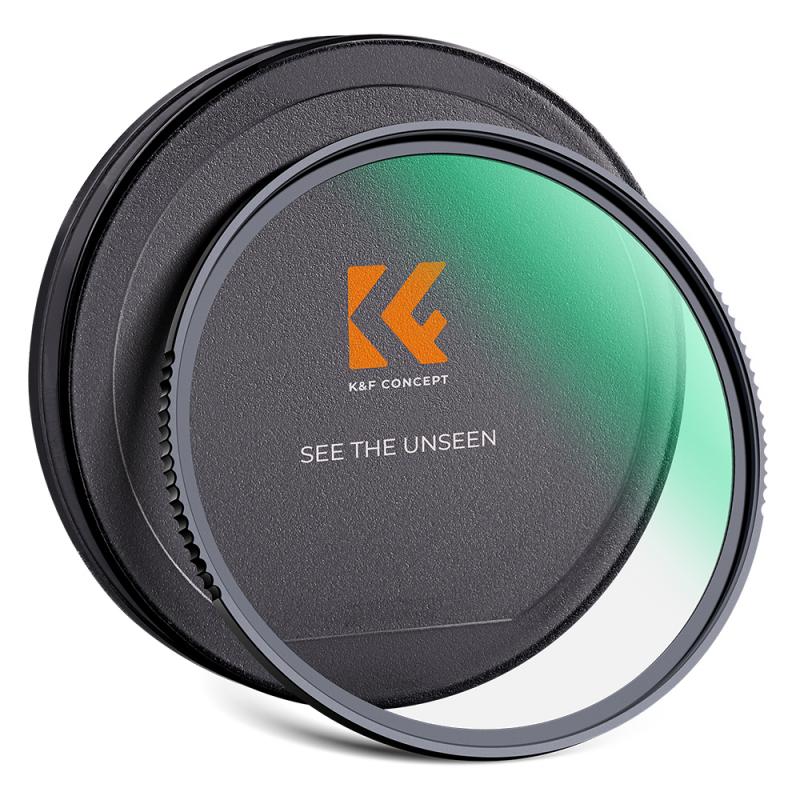
2、 Step-by-Step Guide: Attaching an ND Filter to Fuji XE2
Step-by-Step Guide: Attaching an ND Filter to Fuji XE2
Using an ND (Neutral Density) filter with your Fuji XE2 camera can greatly enhance your photography by allowing you to control the amount of light entering the lens. This is particularly useful in situations where you want to achieve long exposures or create motion blur effects. Here is a step-by-step guide on how to attach an ND filter to your Fuji XE2:
1. Choose the right ND filter: ND filters come in different strengths, measured in stops. Determine the desired effect and select an appropriate filter. Common strengths include 3-stop, 6-stop, and 10-stop filters.
2. Turn off the camera: Before attaching or removing any filters, it is always recommended to turn off your camera to avoid any potential damage.
3. Remove the lens cap: Take off the lens cap from your Fuji XE2 camera lens.
4. Unscrew the UV filter (if present): If you have a UV filter attached to your lens, unscrew it carefully and set it aside.
5. Screw on the ND filter: Align the threads of the ND filter with those on the lens and gently screw it on. Ensure it is securely attached but be cautious not to overtighten.
6. Adjust camera settings: Once the ND filter is attached, you may need to adjust your camera settings to compensate for the reduced light. This may include increasing the exposure time, widening the aperture, or increasing the ISO.
7. Capture your shot: With the ND filter in place and the camera settings adjusted, you are now ready to capture your desired shot. Experiment with different exposure times and settings to achieve the desired effect.
It is important to note that the specific steps may vary slightly depending on the brand and type of ND filter you are using. Always refer to the manufacturer's instructions for the best results.
In recent years, advancements in technology have led to the introduction of variable ND filters, which allow you to adjust the strength of the filter by rotating it. These filters offer greater flexibility and convenience, eliminating the need to carry multiple filters of different strengths.
In conclusion, attaching an ND filter to your Fuji XE2 camera is a straightforward process that can greatly enhance your photography. By following these step-by-step instructions, you can easily experiment with long exposures and create stunning images with motion blur effects.
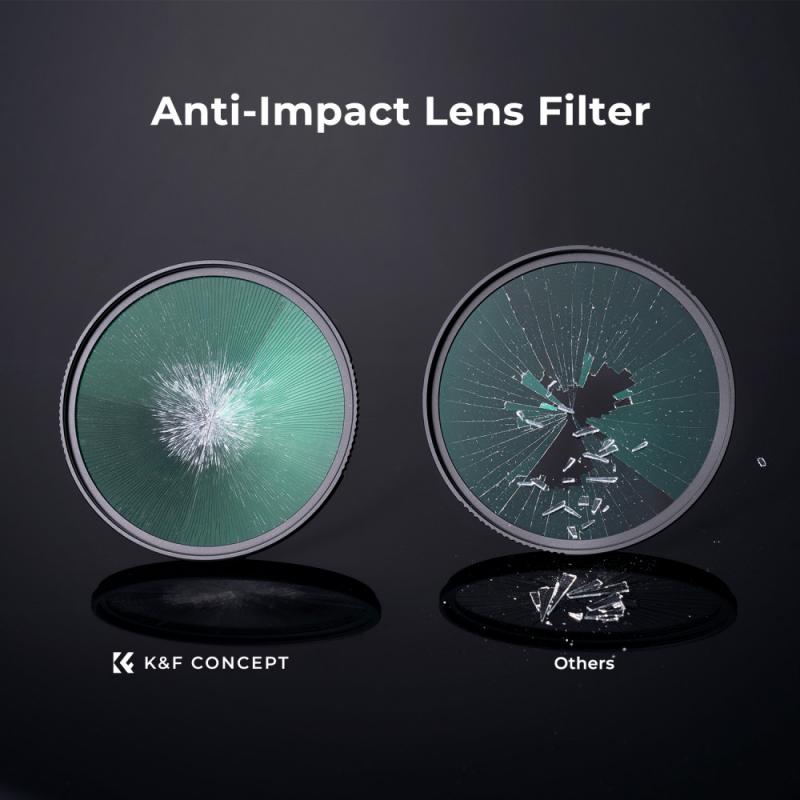
3、 Adjusting Camera Settings for ND Filter Photography on Fuji XE2
Adjusting Camera Settings for ND Filter Photography on Fuji XE2
Using ND filters with your Fuji XE2 camera can greatly enhance your photography by allowing you to control the amount of light entering the lens. This is particularly useful when shooting in bright conditions or when you want to achieve long exposure effects. Here's a step-by-step guide on how to use ND filters with your Fuji XE2:
1. Attach the ND filter: Start by screwing the ND filter onto the front of your lens. Make sure it is securely attached to prevent any light leakage.
2. Set the camera to manual mode: Switch your camera to manual mode to have full control over the exposure settings. This will allow you to adjust the shutter speed and aperture according to the lighting conditions.
3. Adjust the ISO: Set the ISO to the desired value. It is recommended to keep the ISO as low as possible to minimize noise in your images.
4. Choose the appropriate shutter speed: With the ND filter in place, you will need to use longer shutter speeds to compensate for the reduced amount of light. Experiment with different shutter speeds to achieve the desired effect. For example, if you are shooting a waterfall and want to create a silky smooth effect, you may need to use a shutter speed of several seconds or even minutes.
5. Adjust the aperture: Depending on the depth of field you want to achieve, adjust the aperture accordingly. Keep in mind that using smaller apertures (higher f-numbers) will result in a larger depth of field, while larger apertures (lower f-numbers) will create a shallower depth of field.
6. Use a tripod: When shooting with longer shutter speeds, it is essential to use a tripod to avoid camera shake. This will ensure sharp and blur-free images.
7. Review and adjust: After taking a few shots, review the results on your camera's LCD screen. Make any necessary adjustments to the settings to achieve the desired effect.
It's important to note that the specific steps may vary depending on the type of ND filter you are using and the lighting conditions. Therefore, it's always a good idea to experiment and adjust your settings accordingly to achieve the best results.
In conclusion, using ND filters with your Fuji XE2 camera can greatly enhance your photography by allowing you to control the amount of light entering the lens. By following the steps outlined above and experimenting with different settings, you can achieve stunning long exposure effects and capture beautiful images in bright conditions.

4、 Exploring Creative Possibilities: Long Exposure Photography with ND Filters
To use ND filters with the Fuji XE2, follow these steps:
1. Choose the right ND filter: ND filters come in different strengths, such as ND2, ND4, ND8, etc. The number indicates the amount of light the filter blocks. Select the appropriate strength based on the lighting conditions and the effect you want to achieve.
2. Attach the filter: Screw the filter onto the front of your lens. Make sure it is securely attached to avoid any light leaks.
3. Set the camera to manual mode: Switch your camera to manual mode to have full control over the exposure settings.
4. Adjust the shutter speed: With the ND filter in place, the amount of light entering the camera is reduced. Therefore, you will need to compensate by increasing the exposure time. Start with a longer shutter speed and adjust as needed to achieve the desired effect.
5. Use a tripod: Since longer exposure times are required, it is essential to use a tripod to avoid camera shake and ensure sharp images.
6. Consider using a remote shutter release: To further minimize camera shake, use a remote shutter release or the camera's self-timer function to trigger the shutter without physically touching the camera.
7. Experiment and be creative: ND filters allow you to capture motion blur, create silky smooth waterfalls, or remove people from crowded scenes. Explore different subjects and settings to unleash your creativity.
The latest point of view on using ND filters with the Fuji XE2 is that it remains a popular choice for long exposure photography. The XE2's compact size and excellent image quality make it a versatile camera for capturing stunning long exposure shots. Additionally, the XE2's manual controls and compatibility with various lens options make it easy to experiment with different ND filters and achieve desired effects.
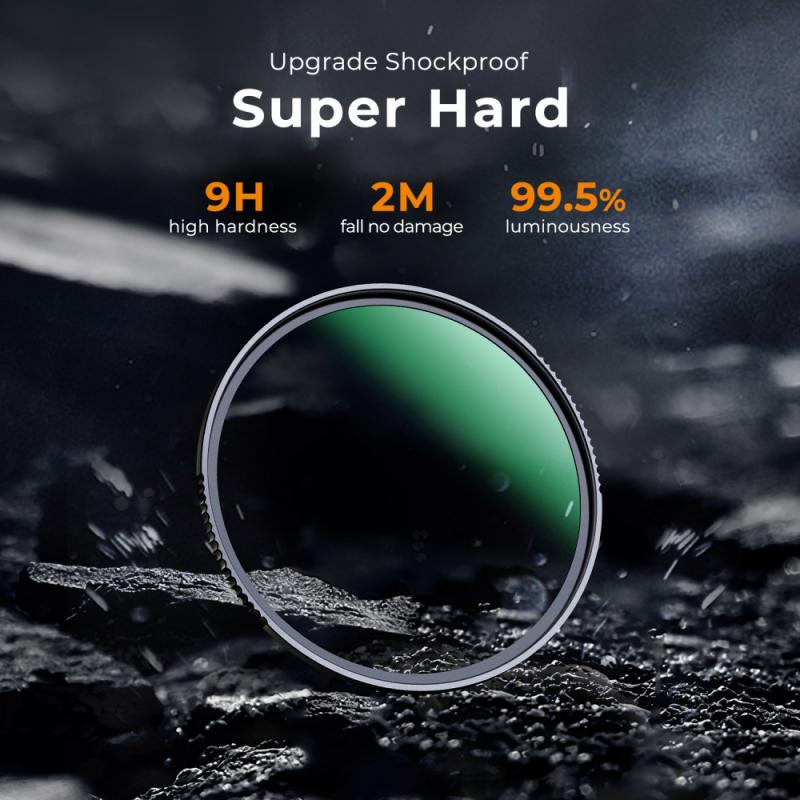




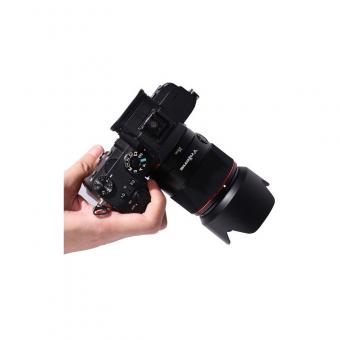








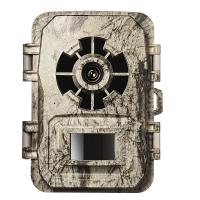





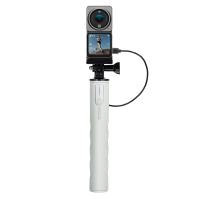







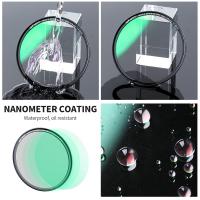


There are no comments for this blog.